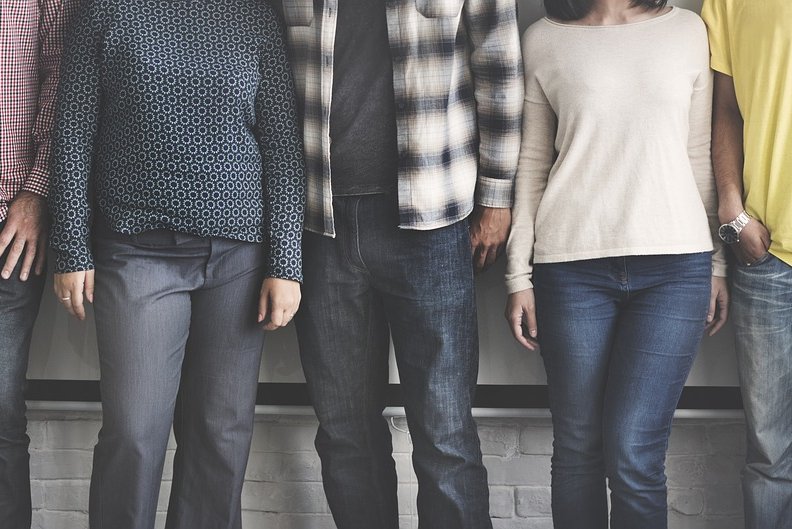
1 of 11
KHABAROVSK, Russia (AP) — The handful of demonstrators gathering each evening in Khabarovsk are a shadow of the masses who took part in an unusually sustained wave of protests last year in the Russian Far Eastern city, but they are a chronic reminder of the political tensions that persist.
The demonstrators have been demanding the release of the region’s popular former governor, Sergei Furgal, who was arrested last year on charges of being involved in killings.
Now, his Kremlin-appointed replacement, Mikhail Degtyaryov, is on the ballot for governor in the three days of regional voting that concludes Sunday. The regional election is taking place at the same time that Russians are voting for members of the State Duma, the national parliament.
The race for governor is being closely watched to gauge how much anger remains in the region, located seven time zones and 6,100 kilometers (3,800 miles) east of Moscow.
“The region really worries the Kremlin because they don’t want a repeat of those incidents (last years’ protests) of course. Khabarovsk is now under close supervision,” said Andrei Kolesnikov of the Carnegie Moscow Center think tank.
Three other people are on the ballot for governor, but supporters of Furgal and others in the city of about 600,000 complain they are insignificant candidates who were allowed to run to give the appearance of a democratic and competitive race.
“Whoever posed even the smallest threat was barred from running, and they left only spoiler candidates,” said 64-year-old protester Zigmund Khudyakov.
Notably, United Russia — the country’s dominant political party and loyal backer of President Vladimir Putin — is not fielding a candidate for governor in Khabarovsk. Nor is Russia’s second-largest party, the Communists.
Degtyaryov, a member of the nationalist Liberal Democratic Party, is widely believed to be backed by the Kremlin with both advice and money.
The man who wanted to run on the Communist ticket was kept off the ballot because he was unable to get enough signatures from officials. That aspiring candidate, Pyotr Perevezentsev, told The Associated Press that municipal authorities in some districts had been told by their superiors whose nominating petitions to sign.
“People representing the presidential administration curated these elections,” he said.
Separately, Furgal’s son Anton says he was kept off the ballot for the national parliament. “There is an opinion that if my last name had been Ivanov, for example, I would likely be allowed to run,” he said.
Degtyaryov rejects such claims.
“As head of the Khabarovsk regional government, I am obligated to ensure transparent, legal, free and fair elections, and we are following all of these provisions,” he said on a recent televised question-and-answer session with residents.
The weeks of protests that arose after Sergei Furgal’s arrest in July 2020 appeared to catch authorities by surprise. Unlike in Moscow, where police usually move quickly to disperse unsanctioned rallies, authorities didn’t interfere with the unauthorized demonstrations in Khabarovsk, apparently expecting them to fizzle out.
A Liberal Democratic Party member, Furgal won the 2018 regional gubernatorial election even though he had refrained from campaigning and publicly supported his Kremlin-backed rival.
His victory was a humiliating setback for United Russia, which also lost its control over the regional legislature.
While in office, Furgal earned a reputation as a “people’s governor,” cutting his own salary, ordering the sale of an expensive yacht bought by the previous administration, and offering new benefits to residents.
His arrest, which was shown on Russian TV stations, came after the Investigative Committee, the nation’s top criminal investigation agency, said he was accused of involvement in the murders of several businessmen in the region and nearby territories in 2004 and 2005. During interrogation in Moscow, Furgal denied the charges, according to the Tass news agency.
Ultranationalist lawmaker Vladimir Zhirinovsky, a veteran politician with a reputation for outspoken comments and also a member of the Liberal Democrats, once called Furgal “the best governor the region ever had.”

FILE - In this July 18, 2020, file photo, thousands of demonstrators turn out for an unsanctioned protest in the city of Khabarovsk, Russia, in the country's Far East in support of Sergei Furgal, the governor of the region. The posters read, "Freedom for Sergei Furgal, I am, we are Sergei Furgal," "Give us Furgal back, "Call Furgal home." The demonstrators demanded his release after his arrest on charges of being involved in killings. (AP Photo/Igor Volkov, File)

Furgal’s arrest brought hundreds, and then thousands, of people into the streets of Khabarovsk in a regular Saturday protest. A year later, the rallies — albeit much smaller — continue.
Local activists say that’s because of sustained pressure from authorities interested in ensuring Degtyaryov wins the election.
Under new rules enforced by police who monitor and film the protests, the rallies are restricted to 10 people at most. Officers disperse anything larger.
The protesters say they are pressured at work and at university, with some adding that they lost their jobs after being seen at the demonstrations.
Many wear T-shirts with the face of imprisoned opposition leader Alexei Navalny, while others carry signs depicting Furgal or denouncing the new governor.
“We constantly live in fear because any day we can be arrested,” said Denis Pedish, a 47-year-old education worker who says he now comes to protests with a packed bag of essentials in case he is detained.
“It’s difficult. But people have hope and faith and are actively fighting the lawlessness of the authorities and the lawlessness of the elections, which are a laughingstock for the world to see,” Pedish said.
___
Anna Frants and Olga Tregubova in Moscow contributed reporting.













